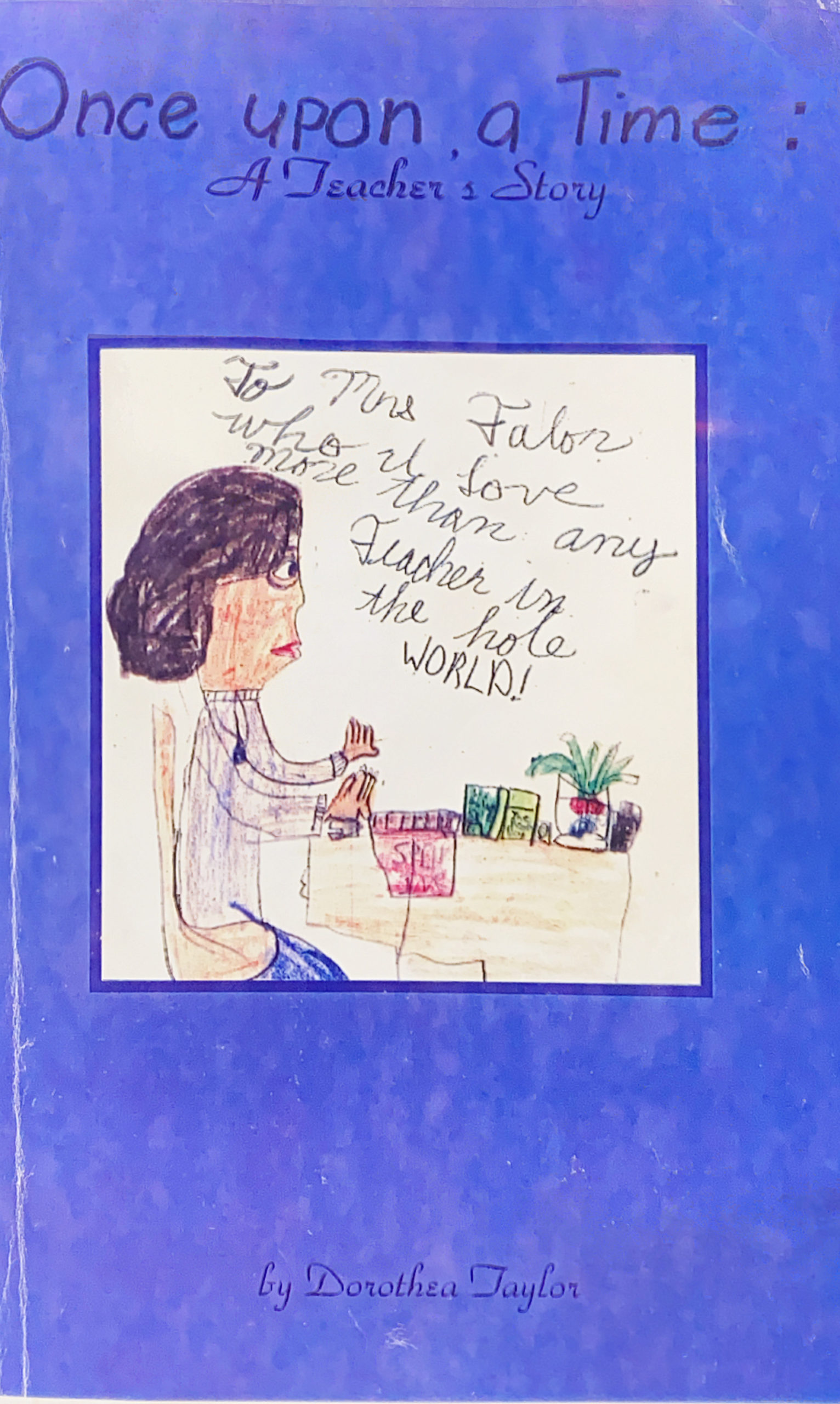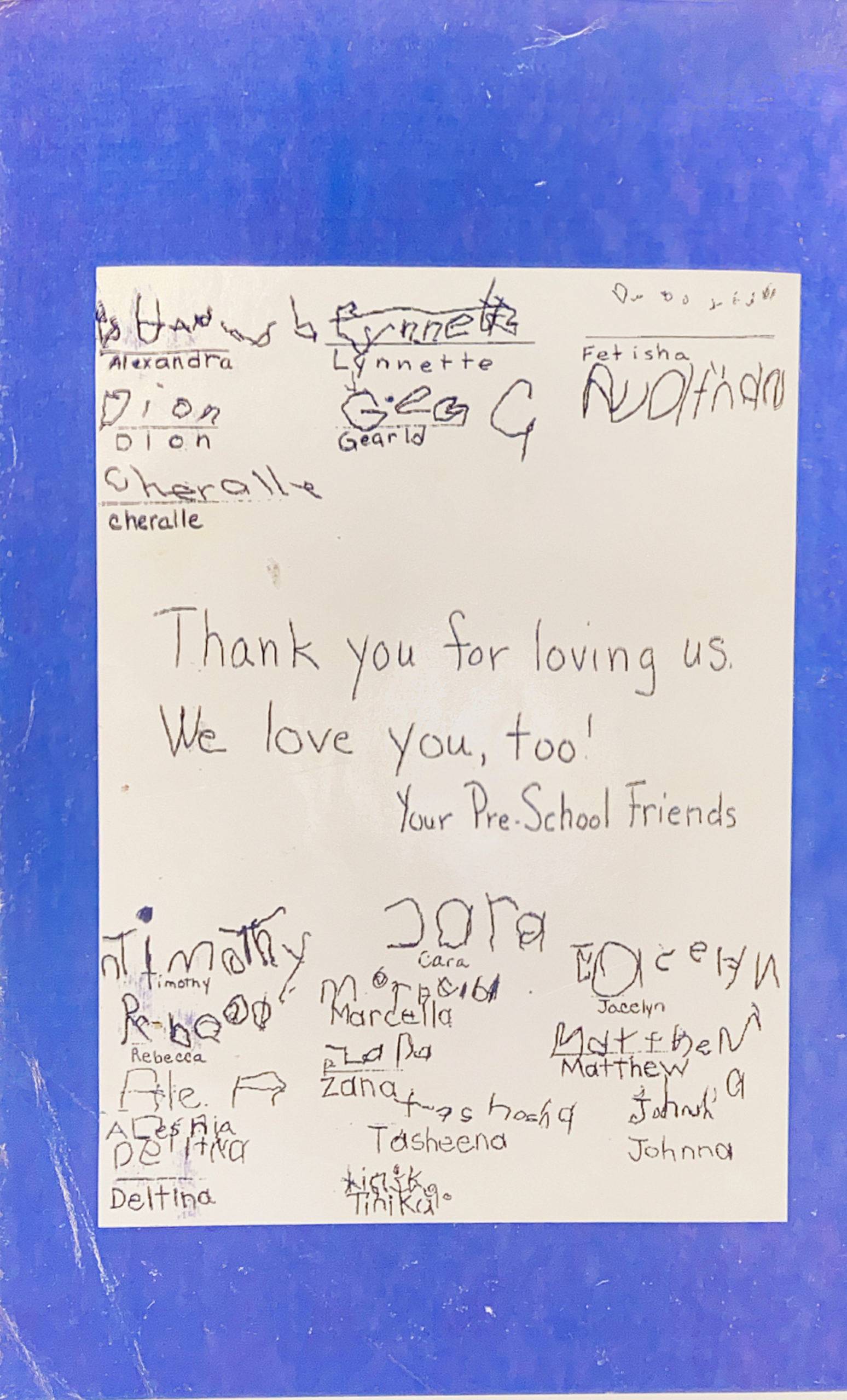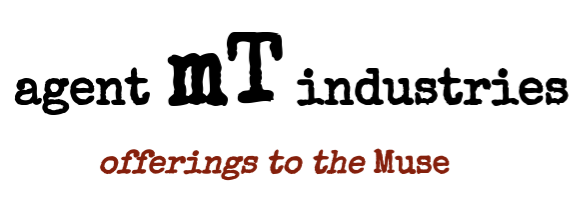ONCE UPON A TIME: A Teacher’s Story
by Dorothea Taylor
edited by GK duBois

SUMMARY: An historically rich, insightful and endearing memoir authored by master children’s reading teacher Dorothea Taylor, edited and writing support by Geoffrey B. Kuffner aka GK duBois, layout by Aaron Taylor Kuffner. First printing of 150 copies, December 2001. Mrs. Taylor taught for 60 years from the Little Red School House to modern schools with a great gift for teaching reading and writing. She recounts her teaching journey woven with tales from her life and insights into methods that bring out the best in children. Ms. Taylor wrote the lion’s share of the book on yellow memo pads. GK complemented these written foundations with extensive interviews over many months compiling all together into the text. This first edition was produced months before Ms. Taylor passed. She had great joy in seeing it’s completion and circulation among colleagues, family and the historical society. A further edited second edition with additional notes and comments has not yet been completed. Here is a full pdf of the manuscript: Once Upon a Time: A Teacher’s Story.
An excerpt from the Editor’s Intro:
There are many experienced teachers who get results. But
there are few who develop an awareness of the child, how a child
relates to life, how he or she learns and that how you are taught can
mean as much as what you are taught to forming your outlook in life.
Even before getting involved with Dorothea Taylor (I know
her best as Nana) on this project, my brothers, sister and I had begun to
see her as a sort of family guru, realizing that she’d made some passage, some journey
to arrive at a wisdom that is in her bones, her words, her eyes. But it’s
only through working on the book that I’ve begun to understand how she reached this place.
Some of my recognition starts from one of my favorite passages in
Once Upon A Time. After working with learning disabled
children for over 10 years, Nana takes a position in a “normal” second
grade class. Her reaction: These must be the most intelligent children
in the world. She had slowed down her expectation of the natural
learning process to perceive the progress in disabled children–a
process that confirmed in her the belief that every child can leam.
She’d just forgotten how fast other minds can work.
How do we leam? How do we change our way of being and
doing? How am I able to move this pen in this little ink configuration
and have it mean anything to you? To get to the answers, we have to
step out of our worries, agendas, ambitions and suspend the conclusions
we operate on and become very basic. We have examine how our senses
perceive the world and how this leads to what we are thinking and feeling and acting now.
Children are just carving these pathways we’ve already established–
no secret there. But to be able to work WITH and not just ON
a child, we must cultivate a patience and attention
to the small processes taking place that accumulate into greater ones.

